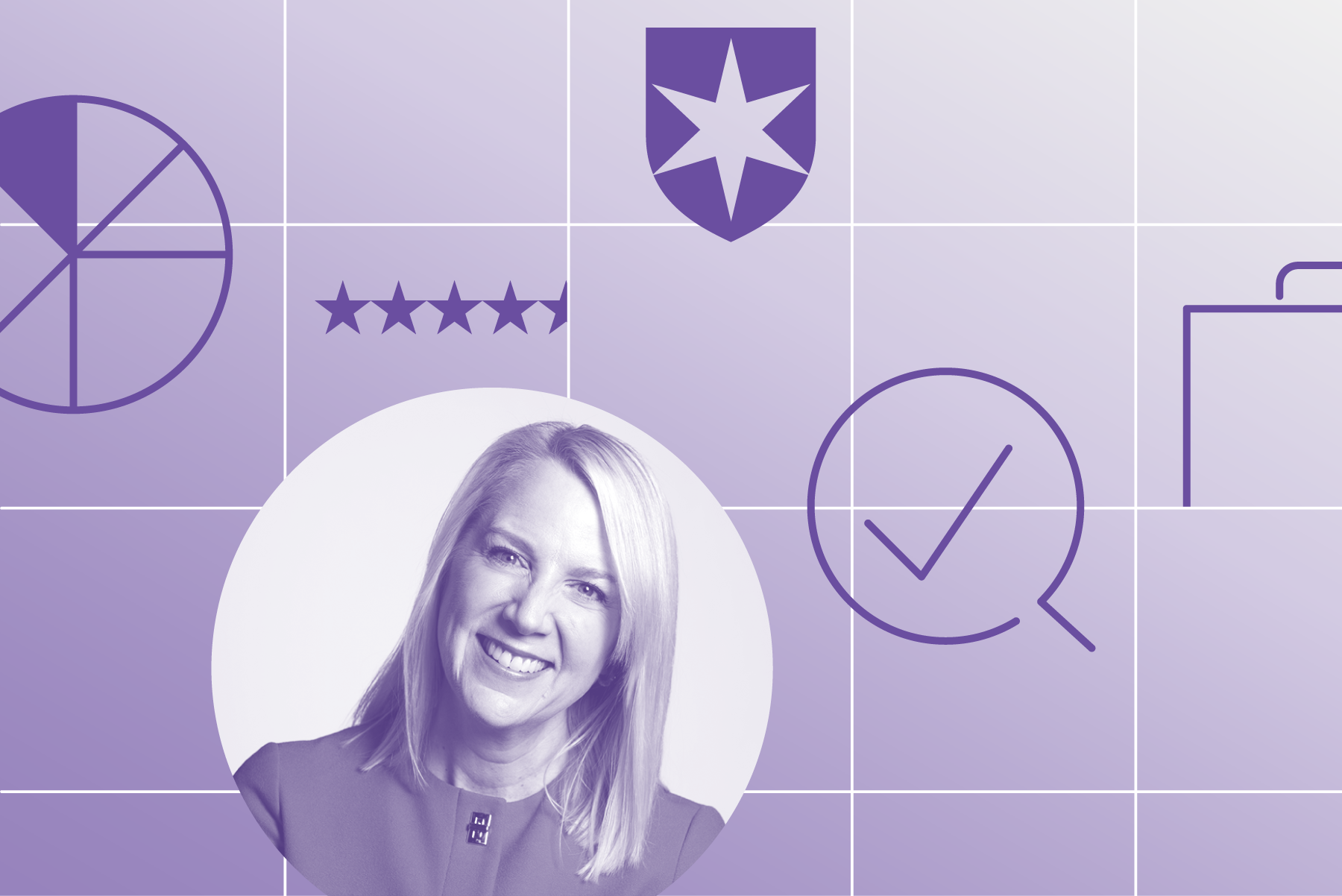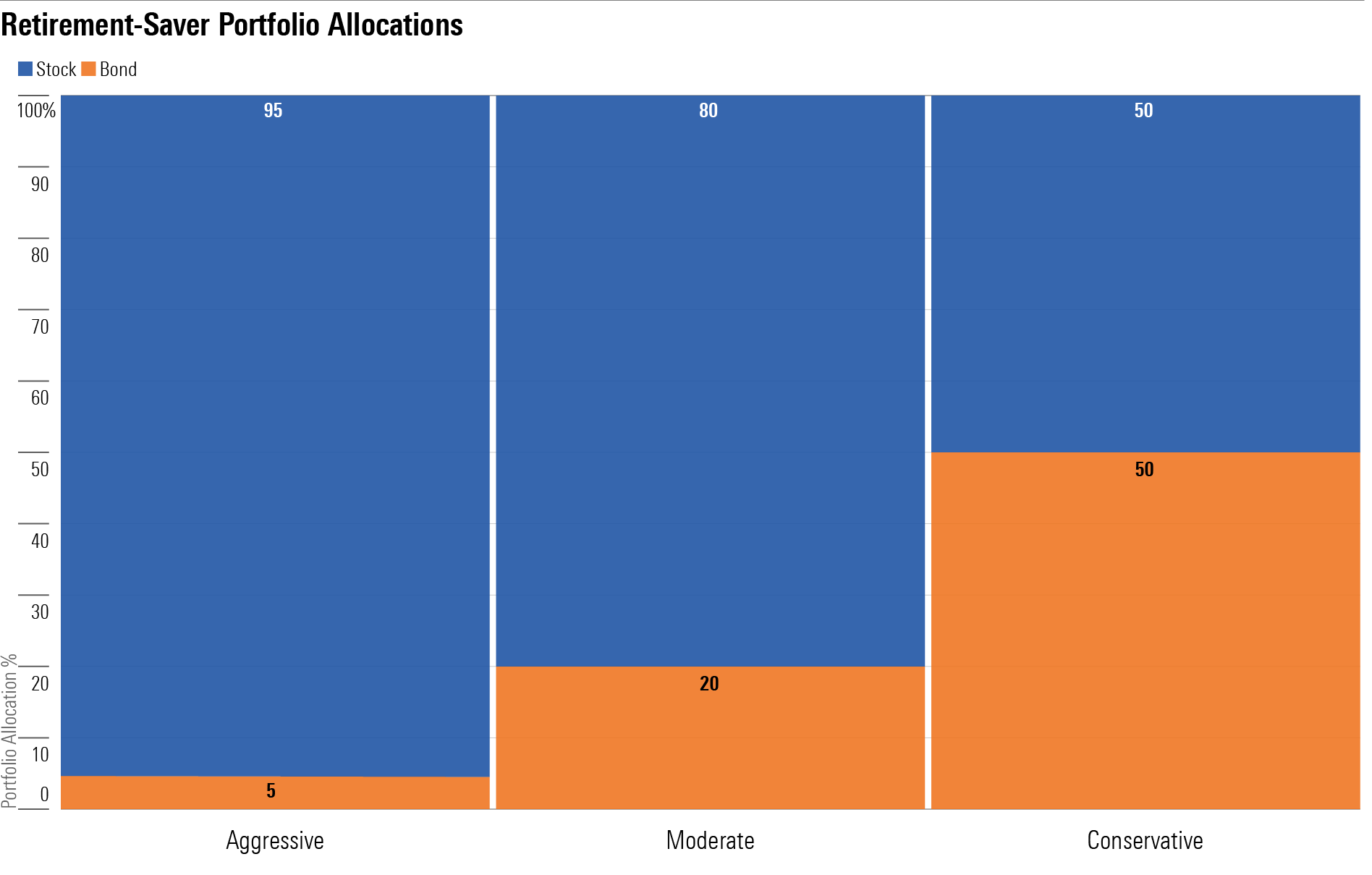Tax-Efficient Retirement-Saver Portfolios for Schwab Supermarket Investors
Schwab’s solid exchange-traded funds make these stock-heavy portfolios straightforward, cheap, and effective.

Taxes are unavoidable, right? Right up there with you-know-what.
Some investors think so, but the truth is that, with a little bit of effort, it’s not difficult to greatly reduce the drag of taxes on your portfolio’s return—and those tax savings can add up to some serious money over time.
Taking advantage of tax-advantaged wrappers like IRAs and 401(k)s is one key way to enhance your bottom-line returns, of course. And if you’re investing inside of a taxable account—for liquidity reasons, to reduce the drag of taxes on your in-retirement withdrawals, or because you’ve maxed out all of the available tax-advantaged options—it’s also wise to give due attention to the tax costs of the types of investments you hold there.
Investors in higher tax brackets will tend to benefit from prioritizing municipal bonds for their fixed-income exposure in their taxable accounts; muni income is exempt from federal and, in some cases, state and local income taxes. Investors have even more choices for tax-efficient equity positions. Investors with lower incomes don’t need to worry too much about tax efficiency with their equity holdings, because their long-term capital gains are taxed at 0%. But investors who are on the hook for capital gains taxes can limit them by holding equity index funds and exchange-traded funds.
About the Portfolios
For these three tax-efficient portfolios, I employed the same general asset-allocation parameters that I used with the other Bucket portfolios. Specifically, I relied on the Morningstar Lifetime Allocation Indexes to help guide the long-term portfolios’ exposures.
To populate the portfolios, I focused on Schwab’s top-rated ETFs for equity exposure. On the fixed-income side, I employed municipal-bond funds—in this case, from T. Rowe Price. Because the moderate and aggressive portfolios assume long time horizons of 20 years or more, I stuck with an intermediate-term fund for the fixed-income piece. Such a fund may have more interest-rate-related volatility than a short-term fund, but its higher yield will help make up for the greater short-term volatility.
How to Use Them
These portfolios are designed for educational purposes and to help investors benchmark their own portfolios. Accumulators will want to be sure to “rightsize” the components of these portfolios based on their human capital, their risk capacity, and the complexion of their tax-sheltered portfolios, however. For example, a 50-year-old who is focusing on equity funds within her 401(k) because her plan doesn’t offer many decent bond options may want a higher bond allocation in her taxable portfolio. And because these portfolios aren’t geared toward investors who are actively tapping their principal, I didn’t include a cash component. But investors who are using their taxable account to house their emergency reserves should definitely hold cash in lieu of bonds.

Aggressive Tax-Efficient Retirement-Saver Portfolio for Schwab Supermarket Investors
Anticipated Time Horizon to Retirement: 35-40 years
Risk Tolerance/Capacity: High
Target Stock/Bond Mix: 95/5
- 55%: Schwab U.S. Broad Market ETF SCHB
- 35%: Schwab International Equity ETF SCHF
- 5%: Schwab Emerging Markets Equity ETF SCHE
- 5%: T. Rowe Price Summit Municipal Intermediate PRSMX
Moderate Tax-Efficient Retirement-Saver Portfolio for Schwab Supermarket Investors
Anticipated Time Horizon to Retirement: 20-25 years
Risk Tolerance/Capacity: Medium
Target Stock/Bond Mix: 80/20
- 48%: Schwab U.S. Broad Market ETF SCHB
- 25%: Schwab International Equity ETF SCHF
- 7%: Schwab Emerging Markets Equity ETF SCHE
- 20%: T. Rowe Price Summit Municipal Intermediate PRSMX
Conservative Tax-Efficient Retirement-Saver Portfolio for Schwab Supermarket Investors
Anticipated Time Horizon to Retirement: 2-5 years
Risk Tolerance/Capacity: Low
Target Stock/Bond Mix: 50/50
- 35%: Schwab U.S. Broad Market ETF SCHB
- 12%: Schwab International Equity ETF SCHF
- 3%: Schwab Emerging Markets Equity ETF SCHE
- 30%: T. Rowe Price Summit Municipal Intermediate PRSMX
- 20%: T. Rowe Price Tax-Free Short-Intermediate PRFSX
A version of this article was published on Sept. 7, 2018.
The author or authors do not own shares in any securities mentioned in this article. Find out about Morningstar’s editorial policies.

/s3.amazonaws.com/arc-authors/morningstar/66112c3a-1edc-4f2a-ad8e-317f22d64dd3.jpg)
:quality(80)/cloudfront-us-east-1.images.arcpublishing.com/morningstar/HCVXKY35QNVZ4AHAWI2N4JWONA.png)
:quality(80)/cloudfront-us-east-1.images.arcpublishing.com/morningstar/EGA35LGTJFBVTDK3OCMQCHW7XQ.png)
:quality(80)/cloudfront-us-east-1.images.arcpublishing.com/morningstar/LUIUEVKYO2PKAIBSSAUSBVZXHI.png)